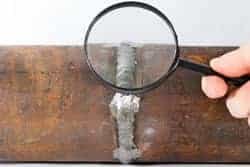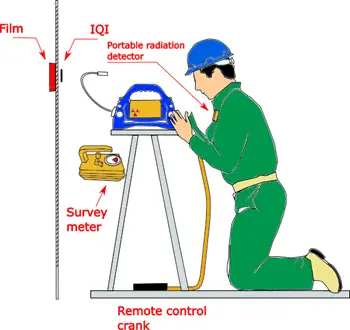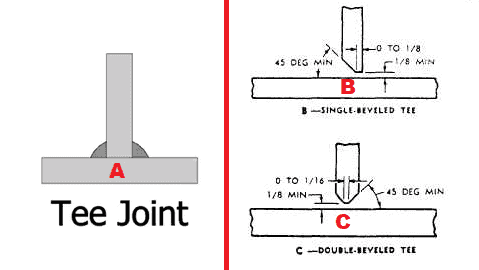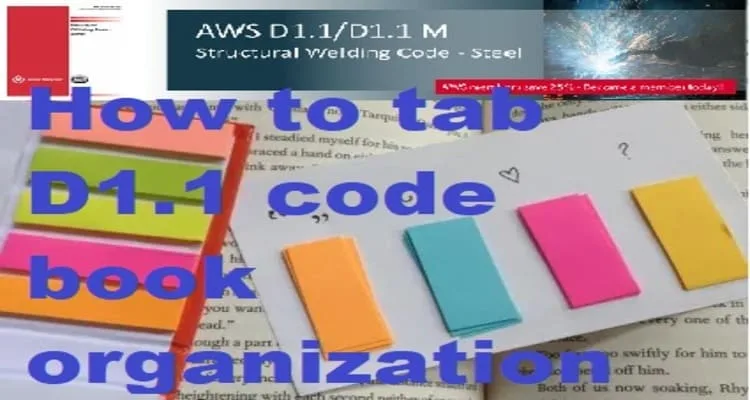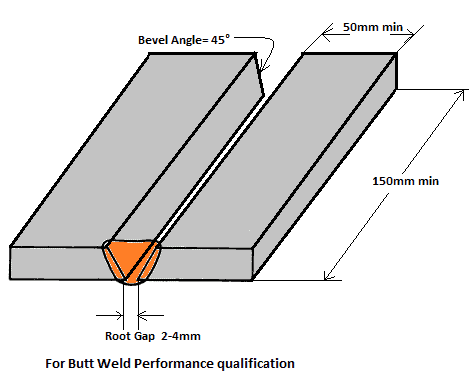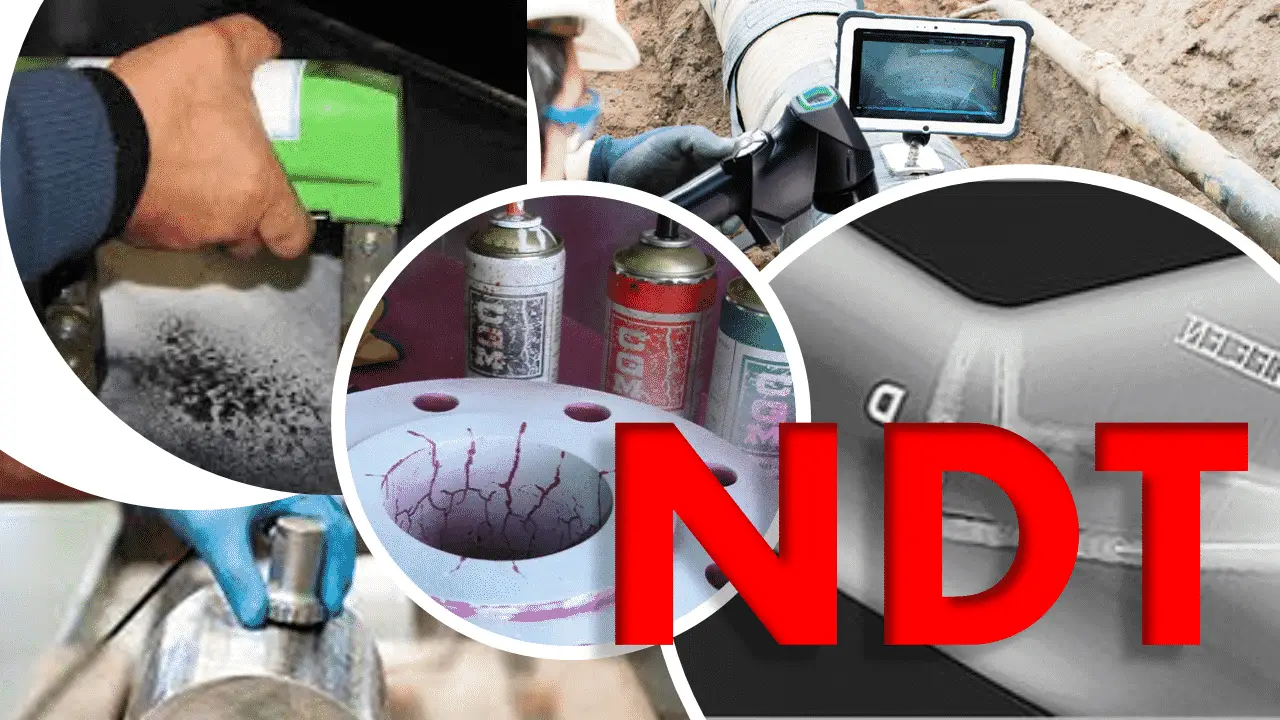CJP Weld Inspection Requirements
In this article, we will provide a comprehensive overview of the Complete Joint Penetration or CJP Weld Inspection Requirements.
Welding is a critical aspect of many industries, including construction, engineering, and manufacturing.
To ensure that welding is performed to the highest standards, welds must be inspected and tested to verify their quality and integrity.
A CJP weld can be made using non-tubular members such as plate, bar or strips as well as with tubular members such as pipe or tubes. Tubular CJP welding joints are mostly used as -T-K-Y welds.
CJP Inspection Requirements
CJP welds must undergo a series of inspection and testing procedures to verify their quality and integrity.
A CJP weld inspection requires:
- Full weld penetration visible from weld root,
- Achieve a minimum weld size equal or greater than the base metal thickness.
- Free from internal welding defects such as cracks, lack of fusion, porosity, insufficient penetration and underfill.
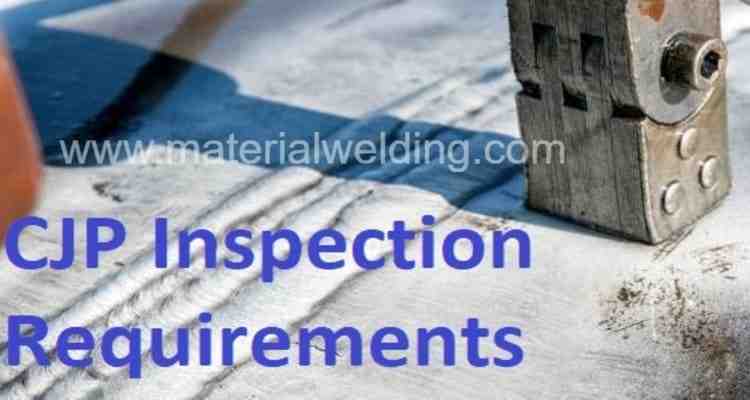
The following are some of the most common inspection requirements for CJP welds:
- Visual Inspection: This involves a visual examination of the weld to identify any visible defects, such as cracks, porosity, or inclusions. Visual Inspection is limited for surface inspection only.
- Radiographic Inspection: This involves the use of X-rays or gamma rays to inspect the internal structure of the weld. Radiographic inspection is used to identify any hidden defects, such as voids or inclusions.
- Ultrasonic Inspection: This involves the use of high-frequency sound waves to inspect the internal structure of the weld. Ultrasonic inspection is used to identify any hidden defects, such as porosity or inclusions. Refer AWS D1.1, clause 8.13 for CJP Ultrasonic Inspection requirements.
- Magnetic Particle Inspection: This involves the use of magnetic fields to inspect the surface of the weld for cracks or other defects. Magnetic particle inspection is often used in conjunction with visual inspection.
- Dye Penetrant Inspection: This involves the use of dye to identify surface defects, such as cracks or porosity. The dye is applied to the surface of the weld and penetrates any defects, making them visible to the inspector.
CJP Weld Inspection requirements as per AWS D1.1 Code
The AWS D1.1 Code is a widely recognized and used welding code in the United States, and it provides guidelines for welding, inspection, and quality control.
The following are some of the CJP (Complete Joint Penetration) Weld Inspection requirements as specified in the AWS D1.1 Code:
- Weld root free from cracks, inadequate joint penetration and incomplete fusion. (AWS D1.1, clause 6.10).
- For single-sided CJP grooves welding, the root concavity or melt-through should meet the following requirements:
- (a) The root concavity should not exceed 1/16 inch [2 mm] when the total weld thickness is equal to or greater than the base metal thickness.
- (b) The maximum allowed melt-through should be no more than 1/8 inch [3 mm].
- The weld profiles of CJP welds shall meets the figure 7.4A for butt welds, figure 7.4B-C for corner welds, and figure 7.4D for T-Joints.
- Final weld visual inspection of CJP weld shall meets the requirements specified in AWS D1.1, Table 8.1.

CJP Weld Inspection requirements as per ASME B31.3
The ASME B31.3 Code is a widely recognized and used welding code in the United States, and it provides guidelines for welding, inspection, and quality control for piping systems.
CJP weld is considered as a Full Penetration weld in ASME B31.3 code and term CJP is not mentioned anywhere.
The following are some of the CJP (Complete Joint Penetration) Weld Inspection requirements as specified in the ASME B31.3 Code:
All CJP (Full penetration weld shall be inspected to check for crack, lack of fusion, incomplete penetration, undercutting, burn-through and surface finish as per the acceptance specified in Table 341.3.2 of ASME B31.3 Code.

